7 Tips from a Photography Pro
My first (and only) Photoshop course was taken from Douglas Henderson. At the time he was just a guy teaching a winter class at Tulsa Technology Center; a class that weekly I screeched about as I pulled on a coat and trudged to the car trying not to step on my bottom lip.
I’m not sure what I disliked more: leaving a warm house wedged in by the winter dark, or sitting in class for 4 hours. Doug’s humor nursed me through those classes — my bottom lip always snapped back to its rightful position on my face for the return trip home.
At the end of the 10 weeks I was less of a photoshop hack, made a new friend in the process, and learned Doug wasn’t just a guy teaching a class.
Doug is a commercial photographer and graphic artist. He’s an Adobe Certified Expert in Photoshop. His photoshop masterpieces hang as posters in several museums; his photography published in the New York Times, Newsweek, Newsweek Japan, Oklahoma Today, The National Enquirer, the National Examiner and other publications. It’s appeared on Dateline. He’s worked all over the USA, in South Africa, Ghana, Ivory Coast, the Amazon jungle and the Yucatan Peninsula.
Doug’s been my inspiration for photographing people. He says, “I think the average person is beautiful. I don’t see any reason to comb a little kids hair or tell them to smile. I see no reason to try to make an old person look young again, or to make a working man look like an executive.”
Henderson takes photographs like this:
I asked Doug to jot down just a few tips off the top of his head to help the rest of us improve our photography.
Here’s what he had to say:
1. LIGHT….is the only thing you are taking a picture of; so make it your prime consideration; where is the light? how is it falling on your subject? What color is it? How hard is the light.
2. Everyone sees the world at…eye level. For your photos to stand out, find ways to shoot at anything but eye level. Stand on anything (I carry a four-foot step ladder in the trunk of my car at all times), or get lower, even to the point of lying on the ground.
3. Get off the beaten path, like the star ship Enterprise; BOLDLY GO WHERE NO MAN HAS GONE BEFORE…which is why I carry insect repellent in my camera bag at all times.
4. Don’t be afraid. Don’t be timid. Never fear to ask anyone to do anything that will make a better picture; the worst they can do is say no, or maybe HELL NO.
5. Shut up and just listen. Tune in to the time and place. In the same sense that you can never swim in the same river twice, you can never shoot the same photo twice; the river of light has flowed on past you. Let that moment speak to you, then use your camera to take that message to the rest of the world.
6. Yes, F.stop, shutter speed, ISO, white balance etc, are all very important; but get that out of the way, and then turn off your brain and shoot with your heart, shoot from the heart.
7. No chimping. Connect with the moment; not the image on the back of the camera. You can admire your work later.
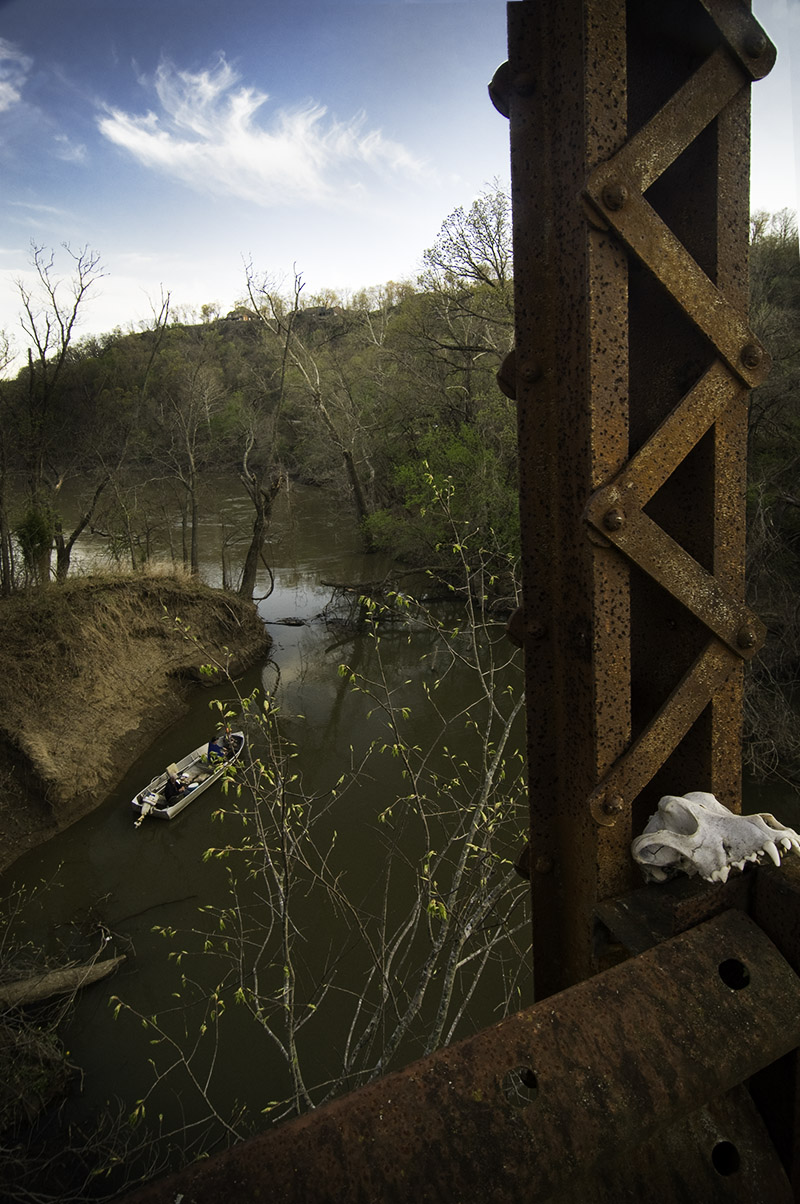


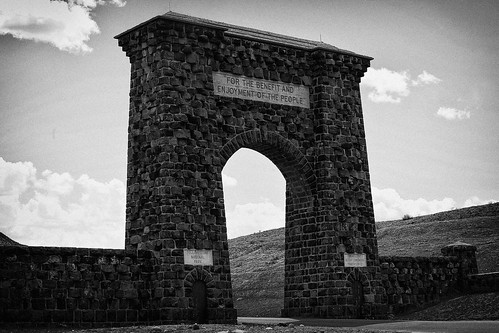



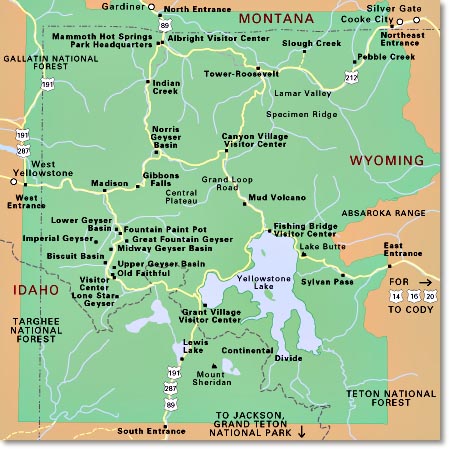
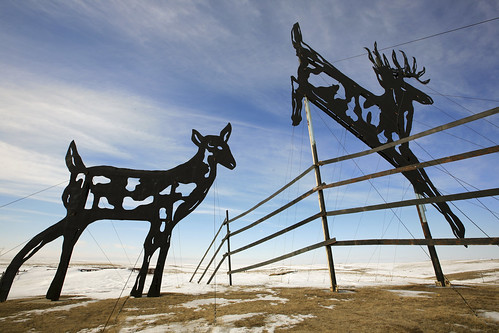

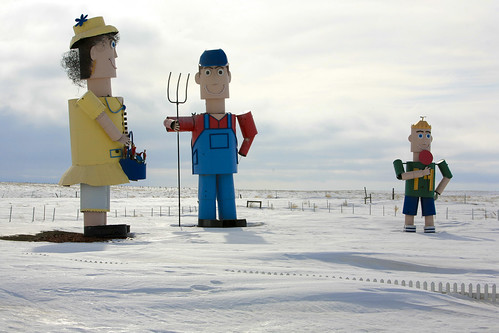
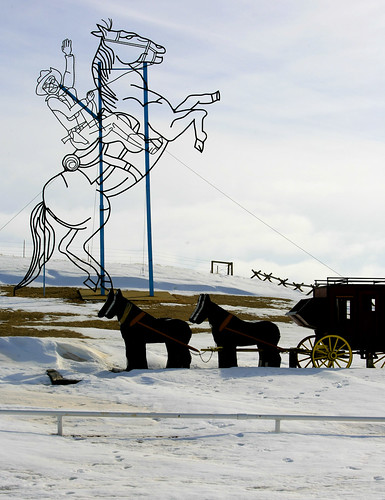
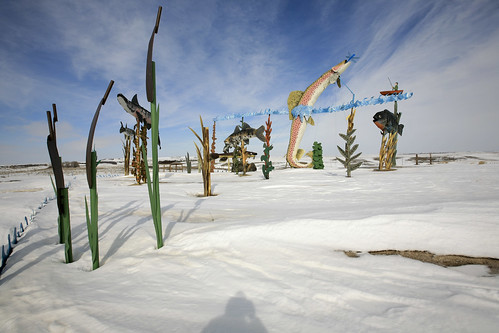
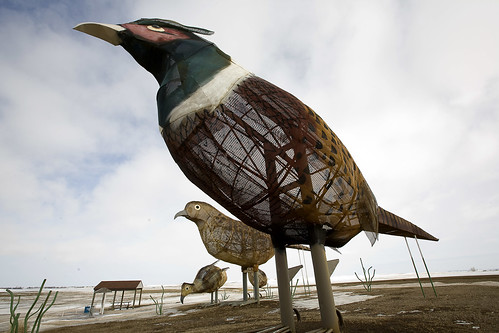
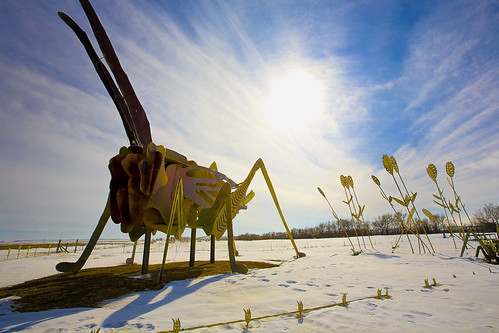

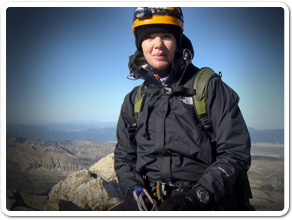
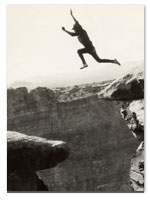 About SRT... I’m a traveler, writer and photographer for whom the open road frequently summons. Adventurous solo road trips are a staple for me, and a curiosity. So I created this website to share them and inspire you to step out and give them a try. Welcome!
About SRT... I’m a traveler, writer and photographer for whom the open road frequently summons. Adventurous solo road trips are a staple for me, and a curiosity. So I created this website to share them and inspire you to step out and give them a try. Welcome! 
